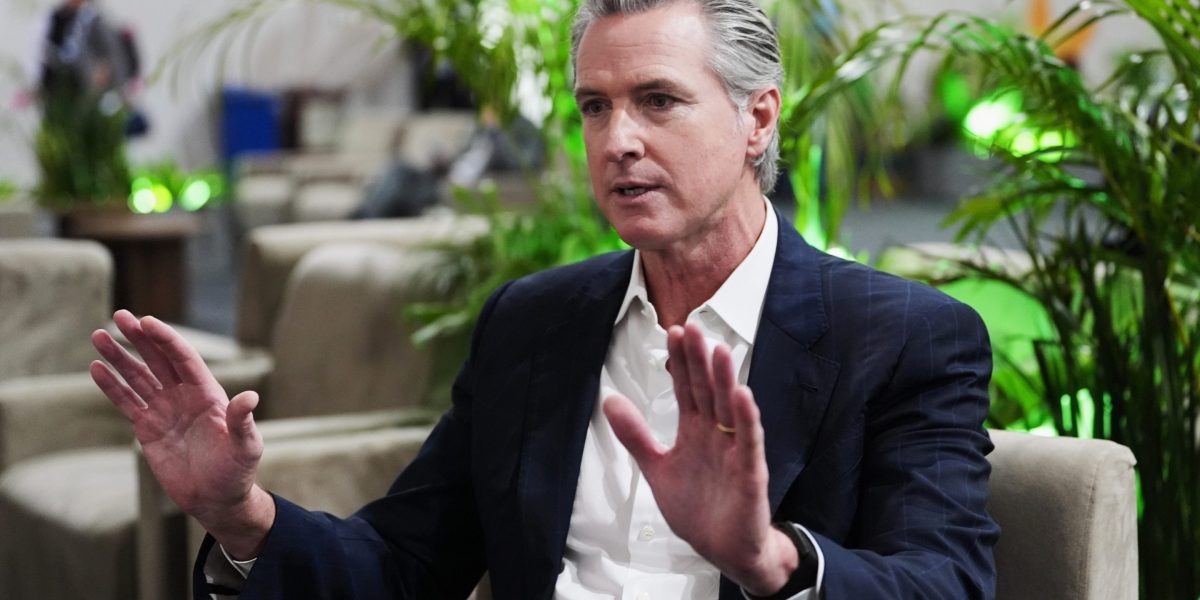Private credit in Europe’s lower mid-market offers something increasingly rare: structural inefficiency that favors investors. While the United States dominates private credit by scale, Europe’s reliance on banks, smaller fund sizes, and regional fragmentation leave a persistent financing gap for firms too small for global capital markets but too large to depend solely on local banks. This creates a compelling, and likely durable opportunity for private credit funds with local market expertise.
Despite lower base rates, borrowers in Europe are paying higher spreads and fees as the all-in yields in Europe and the US are broadly similar. Further, bank retrenchment and concentrated fundraising among the largest funds have left the fragmented lower mid-market less competitive. For investors, that means an attractive entry point today. Structural inefficiencies continue to preserve pricing power, making partnership with the right managers critical.
Access to debt financing is critical for the growth of small- and medium-sized enterprises (SMEs), which form the backbone of the European economy. According to the European Commission, SMEs represent more than 99% of the European Union’s 32.3 million enterprises. The lower mid-market — firms with 250 to 5,000 employees — comprise roughly 8% of EU businesses, or about 2.6 million companies.
Historically, SMEs have relied heavily on banks, particularly in continental Europe. Stricter capital requirements imposed on banks post-financial crisis have constrained bank lending, in turn hitting the lower mid-market especially hard, particularly outside major financial hubs such as London or Frankfurt[1].
Private credit has stepped in to partially fill this gap, but capital is increasingly concentrated. In 2024, 94% of all private credit capital raised globally went to the largest 50 funds, up from 81.5% a year earlier[2]. As a result, terms and pricing in the upper mid-market (typically EBITDA > €25–30 million) have largely converged between the United States and Europe, with borrowers enjoying ample access to credit.
In contrast, the lower mid-market remains fragmented and less intermediated, creating a structural opportunity for non-bank lenders and offering greater degree of transaction control and pricing power. Recent research by Aksia supports this conclusion[3].
Quantifying the Opportunity
To compare the European and US lower mid-market landscapes, we gathered data on direct lending funds in both regions from various data sources[4]. In total, we considered approximately 20 senior secured loan funds in each region. While not statistically exhaustive, the analysis reveals several consistent patterns.
All-in yields in Europe are slightly higher than they are in the United States, despite lower base rates. This has been the case since mid-2022, the start of the Federal Reserve and European Central Bank rate hikes. As of September 1, 3-month SOFR stood at approximately 4.03% versus 3-month Euribor at roughly 2.07%. While difficult to measure empirically, this suggests that borrowers in Europe face higher spreads, higher upfront fees, or both.
More importantly, we observe more conservative deal structuring and risk profiles in Europe, particularly in terms of leverage. In cash flow-based loans, leverage (Debt/EBITDA) tends to be lower in Europe: our sample suggests a difference of approximately 0.5x. From our own market observations, debt-to-ARR multiples in the software sector peaked at around 2x in Europe and have since fallen to below 1x, compared to current US levels of 2x, and as high as 3x at the peak.
Why the Gap Persists
The attractive risk-reward profile in European lower mid-market private credit reflects a combination of structural inefficiencies and cyclical dynamics. While market conditions may evolve, many of the underlying drivers point to a lasting transatlantic gap.
Cyclical factors include interest rate and currency differentials, which affect base rates and hedging costs. Europe’s weaker recent macro backdrop including slower growth, geopolitical uncertainty, and energy shocks, has tempered lending appetite. In contrast, parts of the US market have shown signs of exuberance, with tighter spreads and looser structures.
Structural differences like a shallower institutional capital pool, bank dominance, and borrower conservatives are more enduring. The European private credit market remains less developed than the US market. In 2024, North America–focused private credit funds captured ~72% of global capital raised[5]. Since 2008, ~70% of private credit capital has been raised in North America and ~25% in Europe, according to the RBA summary of IMF/PitchBook work. While capital flows might be shifting, the depth and dynamism of the US market means near-term convergence is unlikely.
As of December 2024, European direct lending dry powder stood at approximately $80 billion, down from nearly $95 billion a year earlier, whereas North America hit a record $167 billion in December 2024, up 17% year-on-year[6]. In addition, the more advanced private credit landscape in the United States also gives North American managers the ability to employ scale-enhancing tools such as fund-level leverage and co-investments more readily. This disparity illustrates the depth and efficiency advantages in the US market.
At the smaller end of the spectrum, the gap widens. Since 2023, 453 North America-focused direct lending funds below $2 billion have been raised, compared to just 185 funds in Europe[7].
Investor preferences reinforce this divide. European LPs, typically more risk-averse, have limited appetite for niche strategies. Instead, they have favored large, plain-vanilla direct lending funds offered by the biggest US managers.
On the demand side, European borrowers remain more conservative, with smaller deal sizes, slower decision-making, and less familiarity with structured credit. Such cultural and behavioral factors reduce transaction velocity but also limit lender competition and support more conservative structures with arguably superior risk dynamics.
Bank reliance, especially in DACH (Germany, Austria, and Switzerland), and Southern Europe, further entrenches the gap. While non-bank lenders have grown market share in sponsor-led transactions — accounting for 56% in Germany in 2024 and 20–40% in Spain over the past two years — most SMEs still lack access to tailored credit.
Combined with Europe’s legal, cultural, and regulatory fragmentation, and the need for local presence across multiple jurisdictions, these structural factors make near-term convergence unlikely, particularly in the lower mid-market.
Implications for Investors
Europe’s private credit market has progressed just as investor sentiment towards the asset class has shifted. Borrowers in the upper mid-market have little trouble accessing capital as Europe and the US now operate in a largely integrated global market.
Opportunities abound in the European lower mid-market, which remains one of the few places where investors can still capture higher yields alongside stronger credit protections. Success depends less on scale than on choosing managers with deep local networks, multi-jurisdictional expertise, and a track record of structuring and exiting transactions. While some convergence with the US market is possible, structural inefficiencies in Europe’s lower mid-market are unlikely to disappear quickly. For investors prepared to look beyond the largest platforms, the region offers a durable and differentiated source of alpha.
[1] Deutsch Bundesbank Discussion Paper No. 37/2022, https://hdl.handle.net/10419/265433
[2] Preqin 2025 Global Report: Private Debt.
[3] Aksia, “Does Private Credit have too much money?” August 2025.
[4] Including Preqin, publicly available data and information provided directly by the fund managers.
[5] Preqin 2025 Global Report: Private Debt.
[6] Preqin Direct, extracted August 2025
[7] Preqin Direct, extracted August 2025: Includes vintage years 2023 onwards

























